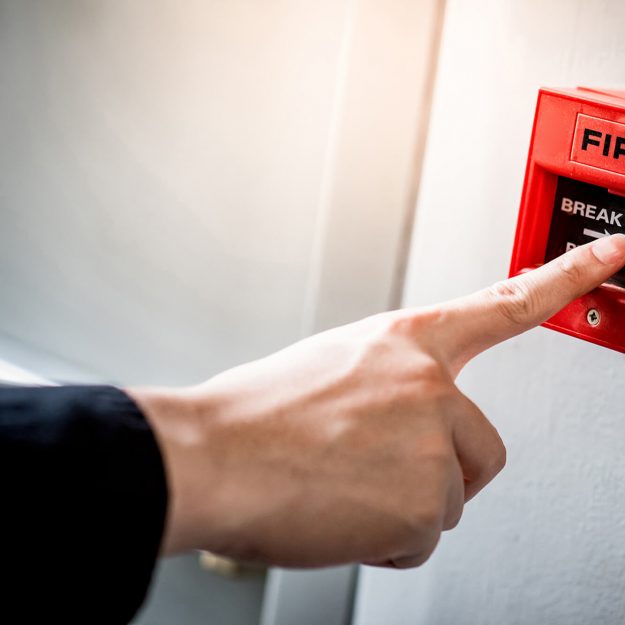
Fire Evacuation Drills
If you are responsible for a property (property owner, manager, employer, or have significant control of a premises), you must ensure the safety of staff and visitors within your building by practising evacuations on a regular basis.
The best way to practice the action to be taken in the event of fire is to carry out regular fire evacuation drills. It has become common practice for buildings to run full evacuations on a six-monthly basis, however this depends on the outcome of your fire risk assessment. The roles of staff, visitors and contractors must be clearly defined and well-practised to ensure everybody knows what to do in the unfortunate event of a real fire occurrence.
At RM Risk Management, we recognise fire evacuations are not easy to perfect and that is why we offer a support service to our clients to work with you to manage fire evacuations on your behalf. Our fire evacuation drill service is widely popular with multi-tenanted office buildings, shopping centres, and other complex premises.
We will send a trained member of staff familiar to the site, we will activate the fire alarm and monitor the performance and efficiency of the fire evacuation drill. This is in addition to working with the fire wardens and fire coordinator on site to ensure the correct measures and procedures are followed. Following the evacuation, we will provide a full detailed report which can be kept in your site logbook.
Frequently Asked Questions
We've answered the common questions we get asked about this service
What information do you record on a fire evacuation drill report?
We record the following:
- Date/time of drill
- Geotagged location of drill
- Staff involved including head count (if possible)
- Person in charge of the drill
- Overall assessment of the drill and key observations
- Recommendations to improve
The report will be kept in your site logbook and uploaded to our risk management system, available for you to view at any time and any location.
How often do I need to perform a fire evacuation drill?
It has become common practice for buildings to run full evacuations on a six-monthly basis, however the frequency can change depending on the outcome of your fire risk assessment. Some high risk premises, and premises running different evacuation regimes, may perform evacuation drills more frequently.
What areas do you cover?
We are based in the West Midlands, but our assessors work nationwide. The majority of our work is in London, however we look after our clients’ properties all over the UK, including the Isle of Man and Ireland.
If you have any further questions then please contact us today.
We will provide
A Fire Evacuation Drill Report

A PDF and Web report with recommendations
Free access to BLOCK7.

Fire Safety Management Software to assist in ongoing risk management
One Hour’s Free Consultancy

Support for each and every risk assessment
Our Process
Assess

To assist in your understanding of health and safety requirements, we will identify hazards on site and, for each one, we will determine how well we believe you are currently complying with health and safety standards through observation, evaluation of documentation and discussion.
Validate

For quality assurance, RM has a two stage validation process for each and every audit that is published. First the report is verified by the assessor that carried out the assessment, and secondly the respective Department Head reviews and validates the report before publishing to the client.
Report

To help you to actively manage your risks, RM publishes all of its assessment reports to BLOCK7 where, amongst other things, you will be able to view and download static and dynamic PDF reports. In addition, you can view and search risks according to the categorisation of Intolerable, Substantial and Moderate, or Monitor & Review with Traffic Light methodology.



